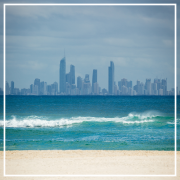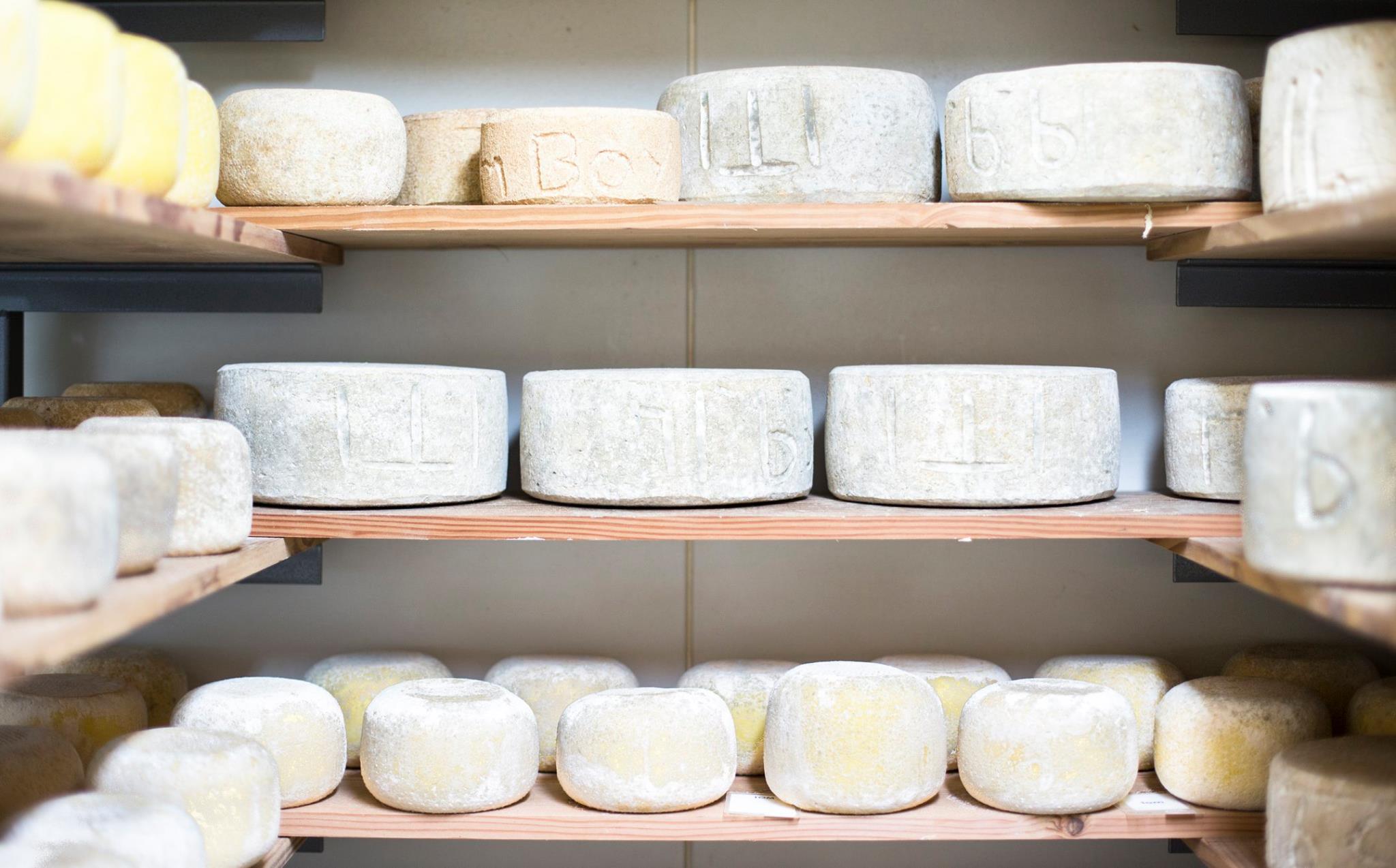How To Take Photos When Travelling Alone

Olympus Australia
Sonia is a travel, lifestyle, and design writer and editor…
You’ve hit the road alone and it’s perfect: you have no idea where you are, you don’t understand a word being spoken and you’re not exactly sure what you’re eating. While a traveller’s first instinct is to seek out adventure and experiences, the desire to capture and share them follows a close second. With no partner in crime but yourself, the idea of creatively featuring in your own photos can feel overwhelming in a world awash with stick-assisted and awkward travel selfies. But there are ways to inspire wanderlust while simultaneously proving your existence.
#1 Get the gear

Working with a lightweight, high quality camera is the best investment for snap-happy travellers. Compact system cameras, also known as mirrorless cameras, offer the same features as a digital SLR (think big sensors, interchangeable lenses) but without the extra weight and bulk. Look for a camera with Wi-Fi as without it you will have the hassle of carting around a laptop and no one wants that; a big tick for socially-minded travel photographers and video makers (read: everyone).
#2 Your phantom friend

Like a narcissist’s inherent ability to locate a shiny surface and use it as a makeshift mirror, solo travel photographers become practiced at recognising a workable camera perch. Placing your camera somewhere and using timer or a remote is how you’ll take some shmick solo shots. If the landscape has hills, steps, ledges, or even a nice-looking tree, work with them so you can head out further into your frame. For those inclined, portable (lightweight) tripods work a dream. For even better framing, invest in a camera with remote Wi-Fi control capabilities where you can use your phone to see what the viewfinder sees and manually take the shot when you’re ready.
#3 Ask a stranger
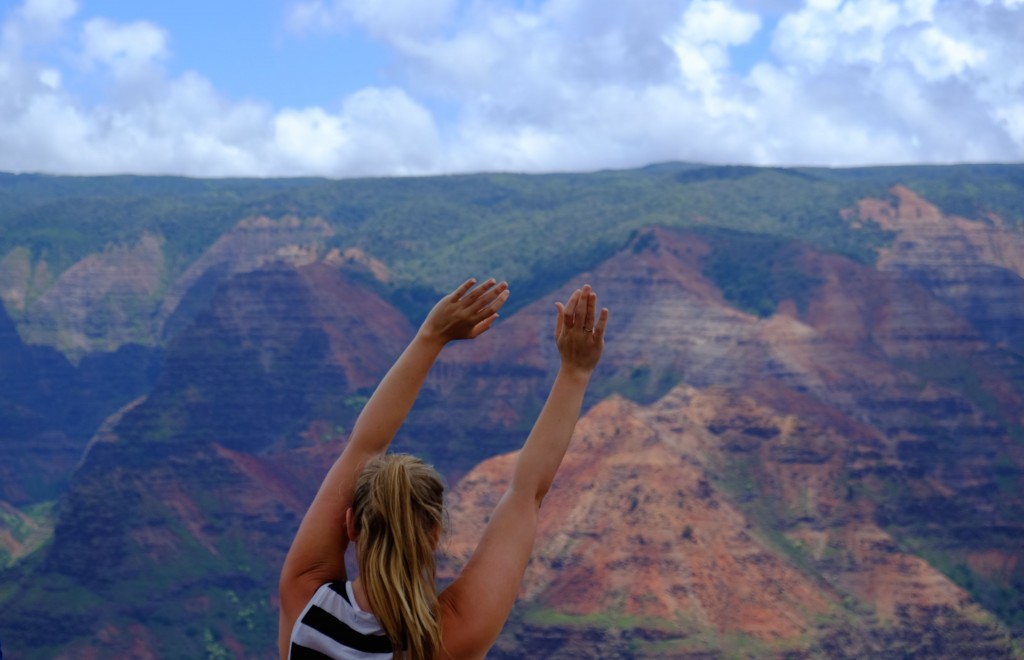
It doesn’t always work out, but when I’ve explained exactly what I’m after … it still usually doesn’t work out. However, it’s nice to try on the off chance someone nails it. Boost those chances by choosing someone with a good camera who looks like they know what they’re doing, and make sure the settings on your camera are right before you have them take the pic. Don’t be shy about requesting a second attempt if you’re unhappy with the first.
#4 Show your story and hook on a feeling

Now that you have options to get yourself in the frame, there are important things to consider about composition. Travel photos tell the story of what is happening in your world at that moment, so what do you want to fill the picture? What should be the focus? If you’re having gelato in Rome, whack that cono di cioccolato in front of some beautiful washing-strewn alleyways or an ancient monument to help us feel like we’re there. If you’re taking a shot of a colourful building in a foreign country, wait for a local to stride through the frame to bring the shot to life.
Similarly, if there’s a palpable feeling in the air, try and capture it. Maybe it’s dappled light filtering through trees on an autumn day, or joy from a bunch of locals having a laugh outside a café. Images that create mood or invoke feeling are often mesmerising.
#5 Include characters
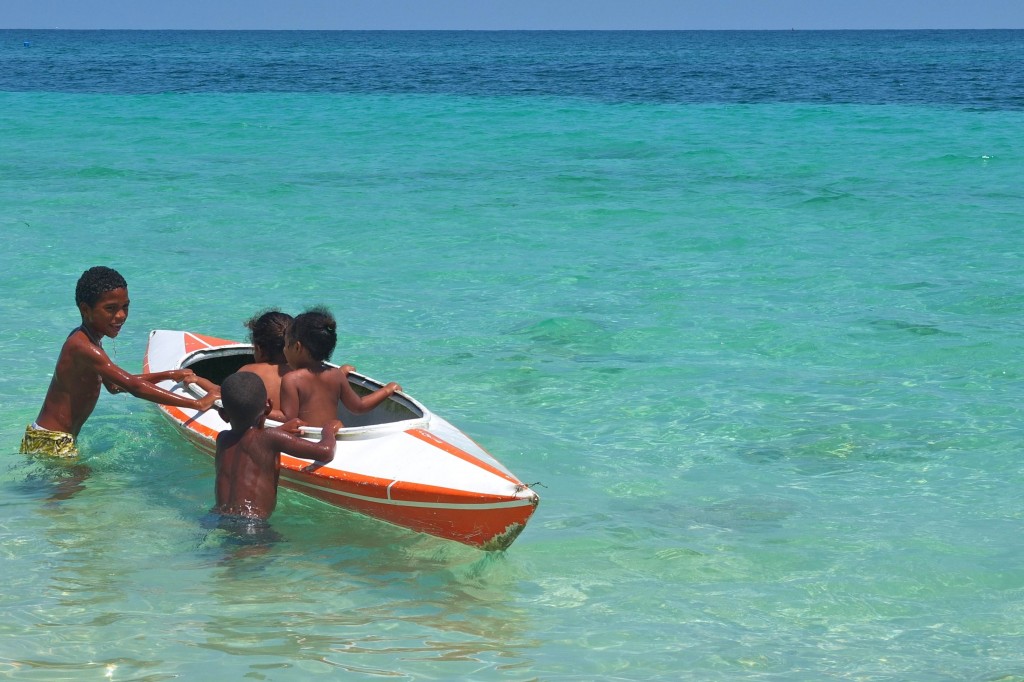
Scenic shots are beautiful, but images that include people or animals have charisma. While you’ll take lots of photos of others, it’s important to include yourself in your photographic memories. After all, you’re the protagonist of your story.
Savvy solo travellers should think about where they’ll put themselves in the frame. Play with a range of different positions to keeps things interesting instead of relying on the standard selfie pose. You can take over-the-shoulder shots, place yourself to one side, put your back to the camera, stand directly in the middle of frame, be out of focus, or head out deep within the landscape to convey our puny, insignificant existence.
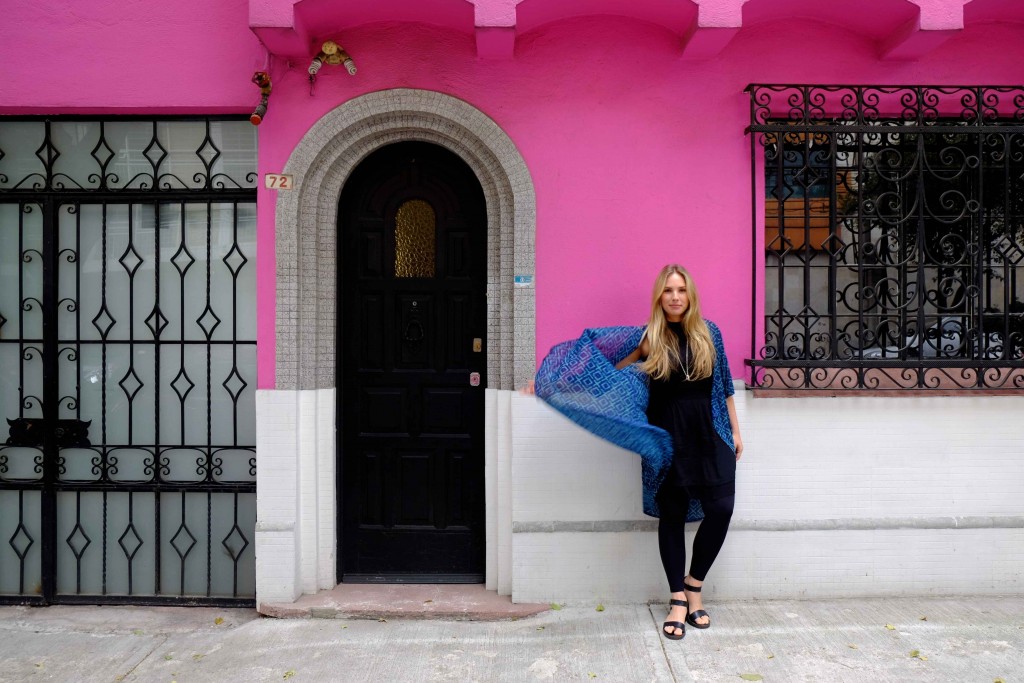
Make your presence creative by using clothing and objects around you. You could stand centre of frame and cover your face with a hat or a piece of local food, wear something brightly coloured in scenery with muted tones (like a desert), or take a selfie in a mirror where the backdrop is unique or beautiful. Sequence mode is perfect if you want to try a bunch of different poses or ideas in one burst, and is especially handy for capturing movement, a trick to enliven an image.
#6 Light it up

You could be shooting the second coming of Christ, but if your lighting is sub-par, no amount of editing will compensate. You’re on the road, so natural light is your friend and one of the first things to be aware of when photographing. Overcast weather is actually pleasant for shooting as clouds diffuse sunlight, making colours rich and maintaining detail. If you’re photographing in harsh sunlight, watch for shadows and try to snap people in the shade.
Mother Nature supplies some of the best light around, studio or no. The periods just before sunrise and sunset, known as magic or golden hour, are times of day that make everything and everyone appear, well, magical. Tones are warmer, people look pretty in soft light and there’s a quality you’ll struggle to replicate no matter how many filters you’ve bought on VSCO cam.
#7 Work that angle

Changing up angles is one of the simplest ways to keep your shots interesting, because an angle is a perspective. Think of your lens as an eye. Get high for a bird’s-eye-view, place your camera on the ground for a twist on scenic shots, or build depth by stepping back and using zoom. There are so many angles you can play with that will work well for your shot. You don’t even need to be afraid of an upshot (but pls, no double chins).
#8 Edit
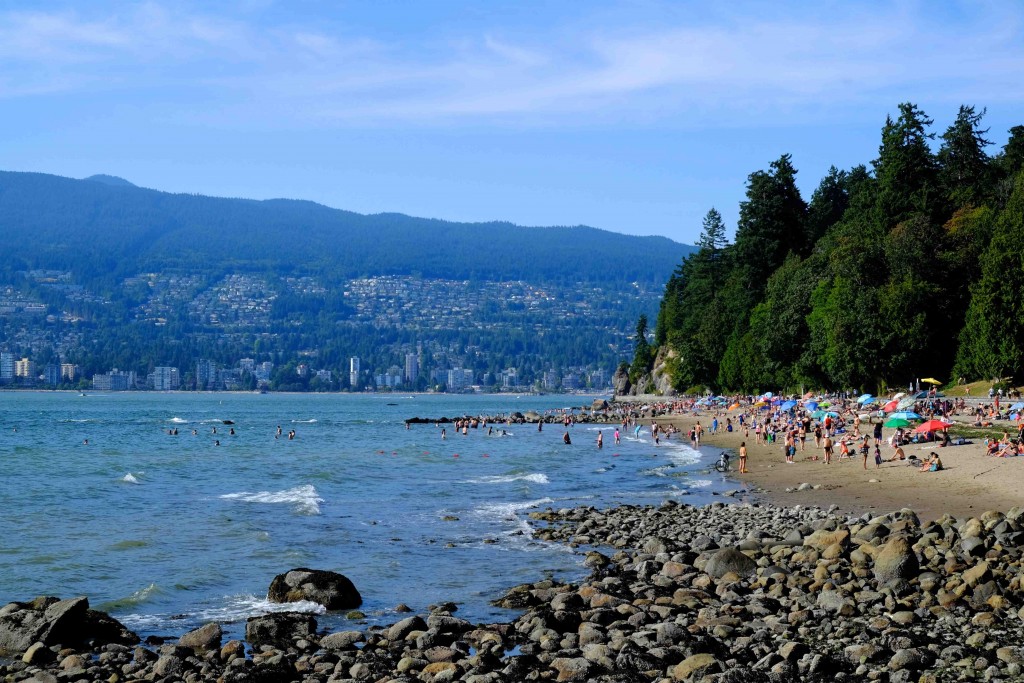
Travel photos are usually taken outside, where you lack control of lighting. Editing can give back to your photos a little of what even the best cameras are physically unable to capture. When travelling alone, sometimes crafty cropping makes a ‘meh’ photo memorable. In terms of colours, the caveat is to not oversaturate. Cameras even have dedicated apps and in camera filters available which allow you edit on the go or later. Going overboard is always obvious.
(All photos: Sonia Taylor)
Brought to you in partnership with Olympus, makers of mirrorless compact system cameras and compact cameras to make your holiday one to literally remember. Their OM-D E-M5 Mark II camera is perfect for travel, with built-in wi-fi, a next generation 5-axis image stabiliser, and cinema quality full HD movie recording in a compact weather sealed body. Available online via camera specialty retailers Camera House, JB HiFi and Ted’s Cameras.
Sonia is a travel, lifestyle, and design writer and editor who lives for sharing a personal rec. See what she's up to @literallysonia.


